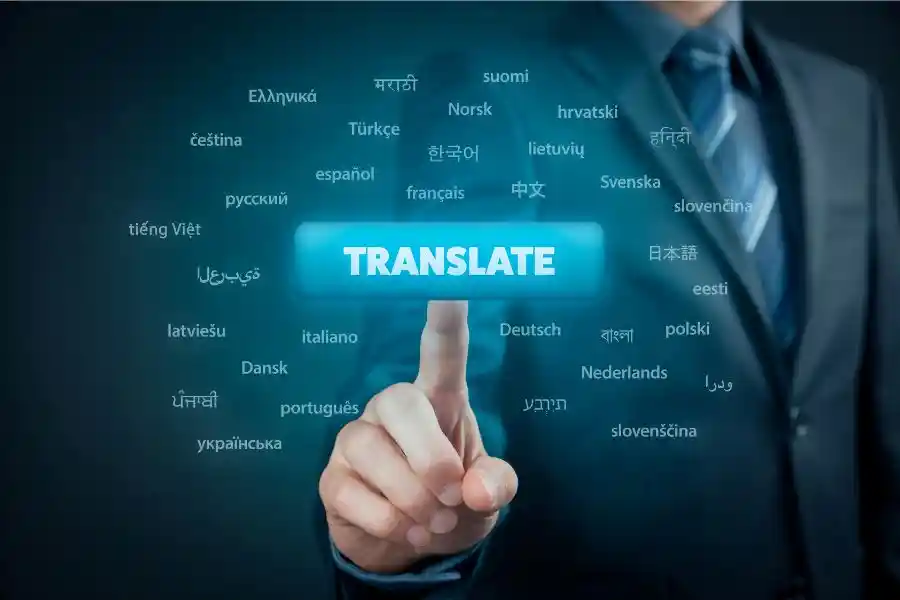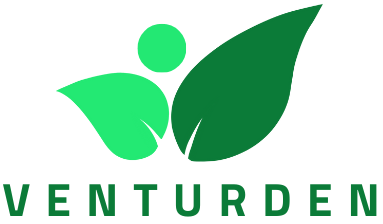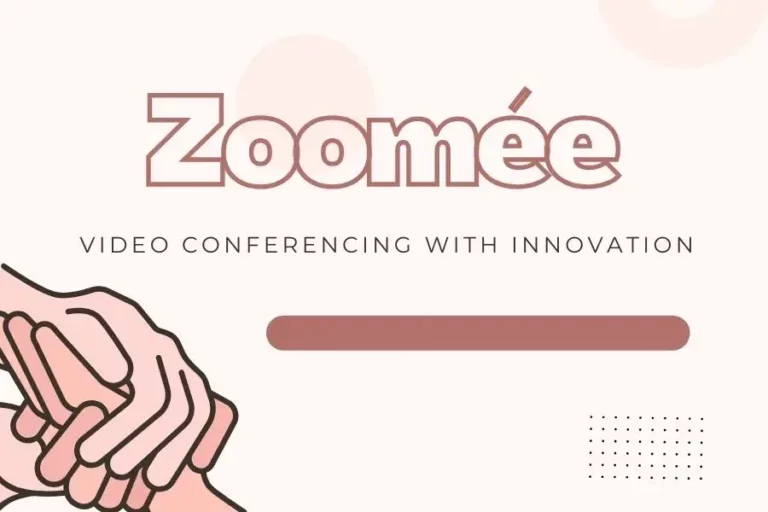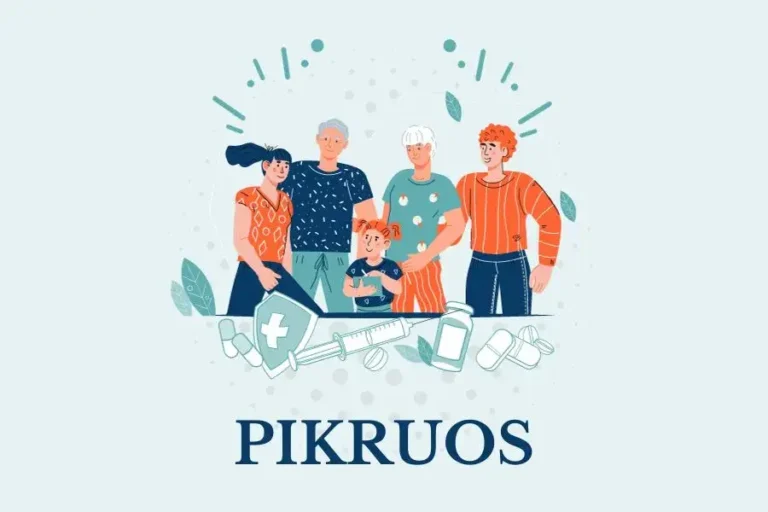Mastering Überzetsen: The Journey into Translational Excellence

In a world of diverse cultures and languages, the art of translation, known as überzetsen in Germany, stands as a bridge connecting people across linguistic boundaries. This article explores the intricacies of überzetsen, delving into its process, evolution, and the indispensable role it plays in the world of quality translation.
What Is Überzetsen?
Überzetsen, beyond being a mere linguistic task, is the art of translating ideas, concepts, and meaning between languages. Unlike traditional word-for-word translations, überzetsen aims to convey the essence and spirit of the source material.
The Überzetsen Process
To embark on the überzetsen journey, a translator must first immerse themselves in the source material. Multiple readings are essential to grasp surface meanings and delve into the deeper ideas and intentions behind the text.
Internalization and Interpretation
After comprehending the source text, the translator sets it aside to let the concepts and meanings sink in. This step allows the ideas to flow through the mental filter, enabling the capture of the spirit, not just the letter of the text.
Crafting the Translation
When ready to translate, the überzetsen expert carefully selects words, phrases, and an overall style in the target language that embodies the internalized meaning. The goal is to evoke in readers of the translation the same reactions and reflections the source text stirred in the translator.
The Evolution of Überzetsen
From Word-for-Word to Artful Interpretation
The art of translation has significantly transformed from the early days of word-for-word substitution. Überzetsen emerged as a sophisticated approach, emphasizing cultural context and author intent in the 1950s and 60s.
Two Pillars of Überzetsen
Message Over Words
Überzetsen revolves around understanding the author’s purpose and the context of the written content. It focuses on translating the essence and implications, not just the vocabulary.
Audience Adaptation
A crucial principle is adapting the translation for the target audience. Überzetsen aims to recreate the experience of the original work for a new audience, tailoring language, examples, and word choice accordingly.
Why Überzetsen Is Essential for Quality Translation
Nuance and Subtlety
Überzetsen safeguards nuance and subtlety, crucial elements often lost in literal translations. It preserves small details like idioms, cultural references, and tone, ensuring a faithful rendition of the source material.
Accuracy
Precision is paramount in translation. Überzetsen minimizes the risk of inaccuracies by leveraging the translator’s deep understanding of languages and finding the right words and phrasing for various contexts.
Naturalness
Translated works should be read seamlessly in the target language. Überzetsen achieves a natural, conversational quality, connecting with readers and maintaining the authenticity of the source material.
Cultural Adaptation
Languages and cultures are intertwined. Überzetsen allows for adapting cultural references and concepts, ensuring the translation resonates with the target audience while preserving the original meaning.
How to Become an Überzetsen Expert
Mastering the Craft
Becoming an expert in überzetsen demands a set of skills and techniques:
Learn Multiple Languages Fluently
Fluency in source and target languages is foundational. Immersing oneself in language through reading, listening, and traveling enhances proficiency.
Develop Strong Research Skills
Translators must swiftly research specialized terms, cultural references, and subject-specific language, utilizing diverse sources for accurate information.
Pay Attention to Nuance
Understanding subtle nuances is crucial. Translators should delve into the differences in meaning, connotations, idioms, and figures of speech between languages.
Build Your Subject Matter Expertise
Specialization in specific fields, from law to technology, requires in-depth knowledge of industry-specific vocabulary and concepts.
Practice and Get Feedback
Regular practice and feedback from experienced translators are essential for improvement. Diligence in honing skills leads to confidence and expertise over time.
The Future of Überzetsen
Expanding Horizons
The future of überzetsen holds exciting possibilities:
Growth of Multilingual Content
With increasing globalization, the demand for multilingual content, encompassing everything from websites to product manuals, is set to grow.
Advancements in Translation Technology
Artificial intelligence and machine translation are advancing, aiding human translators with tools like computer-assisted translation (CAT), making translations more efficient.
New Opportunities for Translators
The gig economy offers numerous opportunities for freelance translators. Specializing in niche areas and staying updated on industry trends positions translators for success.
Learn New Languages
Fluency in multiple languages remains in high demand. Learning languages such as Portuguese, Arabic, or French, which are emerging in the global market, provides a competitive edge.
Conclusion
In the labyrinth of linguistic diversity, überzetsen emerges as the unsung hero, ensuring that meaning traverses language barriers. While technology propels translation forward, the human touch, intuition, and cultural knowledge of überzetsen experts remain irreplaceable. So, the next time you delve into a work that transcends languages, take a moment to acknowledge the silent heroes – the überzetsen translators – who make it all possible. You can also know about Myrtle Gonzalez by going through that link.
FAQs
Is überzetsen only applicable to literary translations?
Überzetsen extends beyond literature, encompassing diverse legal, medical, and technical translation fields.
How does überzetsen differ from traditional translation methods?
Überzetsen focuses on conveying ideas and spirit, while traditional methods often prioritize literal word-for-word translations.
Can technology completely replace human überzetsen?
While AI aids the translation process, the nuanced and cultural aspects of überzetsen make it indispensable for quality translation.
What languages are currently in high demand for translators?
English-Spanish and English-Chinese remain popular, but emerging languages like Portuguese, Arabic, and French are gaining traction.
How can aspiring translators navigate the evolving landscape of translation technology?
Continuous learning, specialization, and staying updated on industry trends are key to thriving in the dynamic field of überzetsen.






